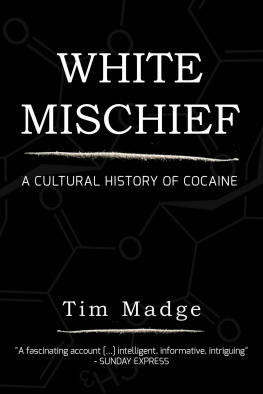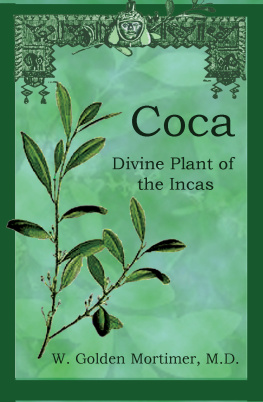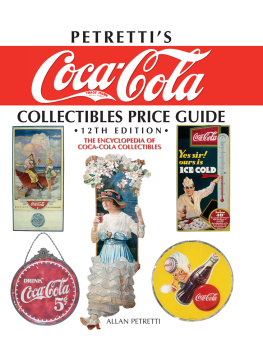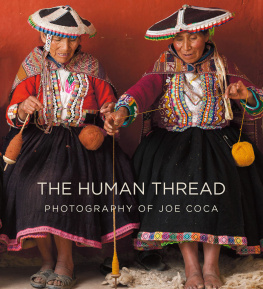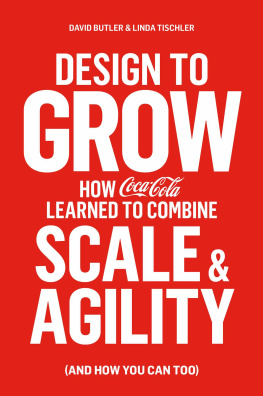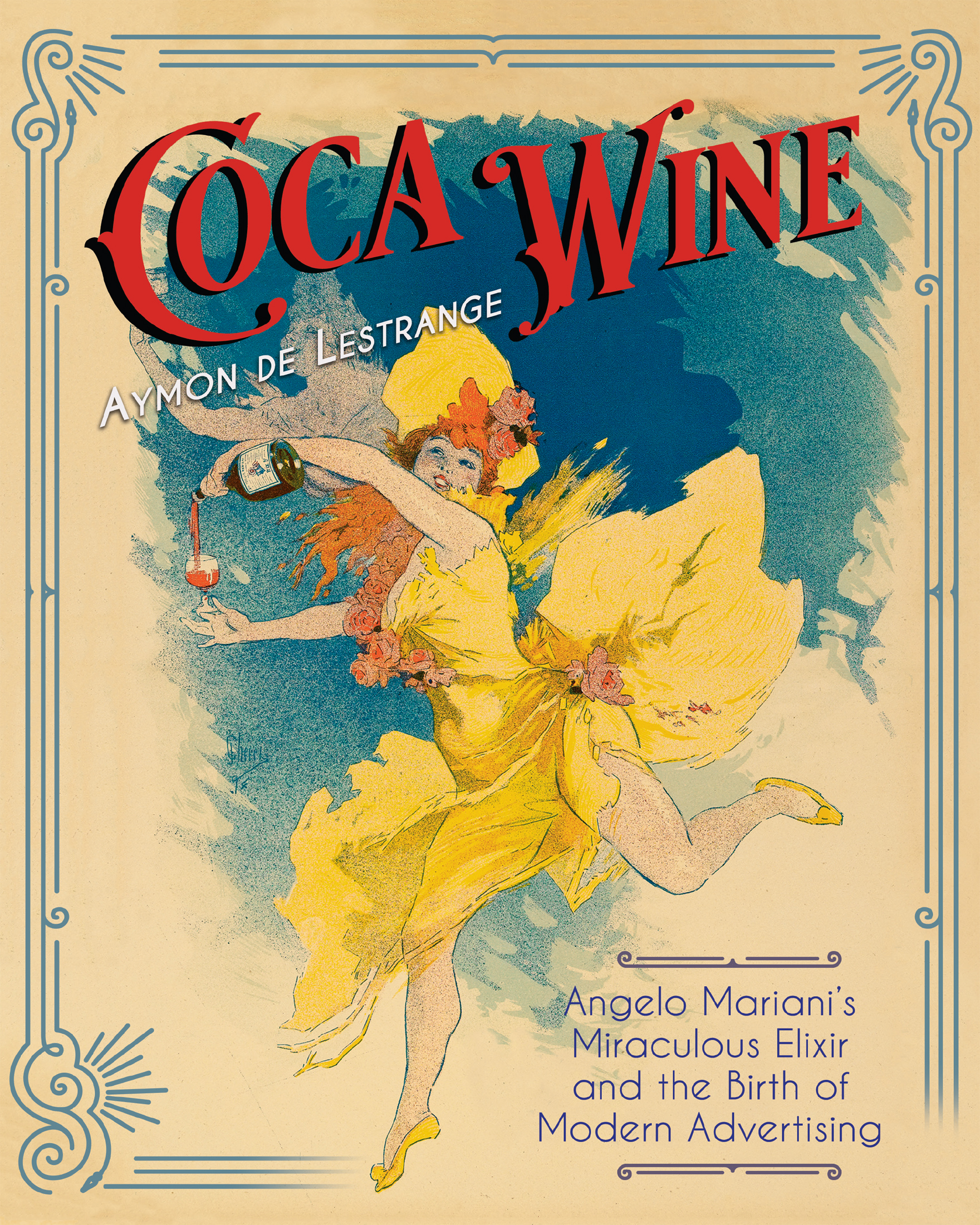
To Marina, Julio, and my children
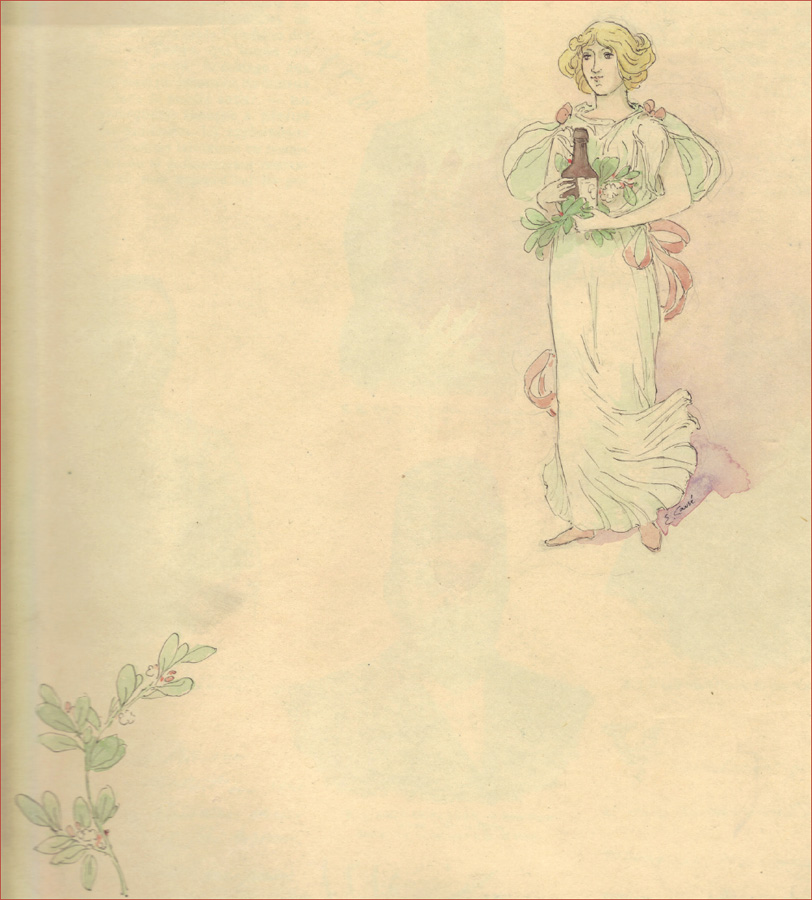
Illustration by Emil Caus (1867?) Supplment illustr.
Courtesy of E. Mariani.
COCA WINE

A long-overdue, lavishly illustrated historical tribute to Vin Mariani, the coca-infused wine invented by Angelo Mariani in the late 19th century. It was once one of the worlds best-known and best-advertised products, endorsed by popes, queens, presidents, actresses, singers, and just about anyone who was anyone. Yes, it contained a small amount of cocaine, but it was only when that drug was isolated as a concentrated white powder that it derived its evil reputation. In the meantime, it inspired (indirectly) Coca-Cola, which unfortunately added a great deal of sugar, though it still contained decocainized coca leaf extract.
MARK PENDERGRAST, AUTHOR OF FOR GOD, COUNTRY, AND COCA-COLA
Historians have long noted the role of Angelo Marianis pioneering 19thcentury beverage, Vin Mariani, in the history of coca and cocaine but yearned for a well-researched biography. This is finally it! Aymon de Lestranges exhaustive reach and the many beautiful and lavish illustrationsmany new discoveriesare alone a treasure. The chapter on Marianis laboratory and its fascinating products is a rich contribution to knowledge. And Coca Wine is so timely: as failing drug prohibitions come into doubt across the globe, we need to know more about the positive cultural roles played by benign coca health products like Vin Mariani, which, like absinthe, may one day soon revive!
PAUL GOOTENBERG, SUNY DISTINGUISHED PROFESSOR OF HISTORY AT STONY BROOK UNIVERSITY, EDITOR OF COCAINE: GLOBAL HISTORIES, AUTHOR OF ANDEAN COCAINE: THE MAKING OF A GLOBAL DRUG, AND COEDITOR OF THE ORIGINS OF COCAINE
Aficionados of the divine plant of the Incas in both its natural (coca) and synthetic (cocaine) forms will be fascinated to learn this time-honored (if sometimes reviled) intoxicant was once marketed as a tonic beveragea fine Bordeaux with a kickthat made the cultured classes across Western Europe and the U.S. acclaim the superiority of Marianis Coca Wine for both its medicinal and inspirational qualities and unleash a host of competitors, including one enterprising American druggist in Atlanta. Aymon de Lestrange has written the definitive study of this all-but-forgotten recreational beverage, enhanced by exquisite color reproductions of the work of the artists and designers for whom the wine inspired a style that stimulates our senses as much today as it did for our ancestors.
MICHAEL HOROWITZ, COFOUNDER OF THE FITZ HUGH LUDLOW MEMORIAL LIBRARY AND EDITOR OF THE 1974 EDITION OF W. G. MORTIMERS HISTORY OF COCA: THE DIVINE PLANT OF THE INCAS
Acknowledgments
...............................
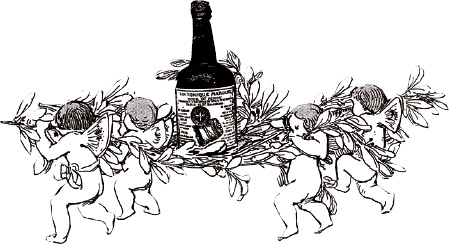
I would like to thank a number of people who contributedeach in his or her own wayto the writing of this book. First, my excellent and fondly remembered late friend Julio Santo Domingo, who was also very interested in Angelo Mariani and who generously opened his collection of posters and pre-Columbian artifacts to me and, above all, allowed me the unique opportunity to taste Vin Mariani from his rare bottles with their contents intact.
I also wish to thank Arlene Shaner at the New York Academy of Medicine library and Heather Snyder at the Lloyd Library of Cincinnati, for their dedication and competence in providing me all the documents even the rarestthat I needed for my research.
I also want to thank the Swann Gallery in New York for kindly providing me some photographs of posters from the Santo Domingo collection.
Many thanks also to Chass Vermeulen-Windsant, a great connoisseur of Mariani, who informed me about the several articles on Mariani published in the Simple Revue, as well as to Jyri Soininen and Harold Hans Bosman, authors of two excellent recent theses on the history and trade of coca and cocaine, for their guidance in some of my research in this area.
Finally, I would like to mention Mrs. Eleonore Mariani, widow of the grandson of Angelo Mariani, the last owner of the Mariani laboratory, who allowed me to photograph objects and documents that belonged to the great man.
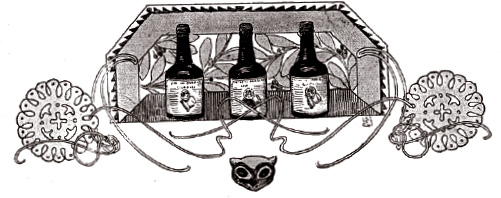

Illustration by Emil Caus (1867?) Supplment illustr. Courtesy of E. Mariani.
Introduction
................
The Vogue Beverage of la Belle poque
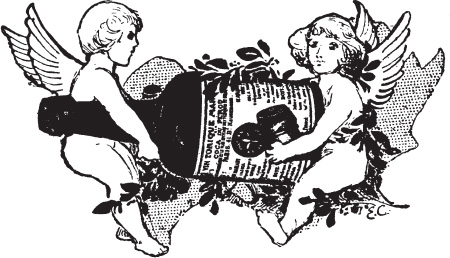
S everal years ago, at an auction, I was struck by the beauty of a color lithograph poster from 1897 by the renowned French artist Jules Chret. It advertised Vin Mariani, which was destined to become one of the worlds most famous beverages. Written in English on the lower part of the poster were the words: Popular French Tonic Wine. Fortifies and Refreshes Body & Brain. Restores Health and Vitality.
This tonic wine made with coca from Peru, formulated by a Corsican chemist named Angelo Mariani (18381914), had been a dazzling success in la Belle poque, launched by ingenious advertising practices that enabled this coca wine to garner laudatory testimonials from many of the most famous people of the era, from popes, sovereigns, presidents, and ministers to celebrated writers, artists, painters, sculptors, actors, and singers. I was surprised to learn that Vin Mariani was the forerunner of Coca-Cola, which had not only copied the formulaconsisting of the infusion of coca leaves in Bordeaux winebut also Marianis innovative advertising methods.
Intrigued, I began researching Angelo Mariani, who had once been famous but was now nearly forgotten. An internet search did turn up around twenty-six thousand hits to his surname and seventy thousand for his product, Vin Mariani, but the information was fragmentary and repetitive from one site to another. I first went to the Bibliothque Nationale, and then later to the Libraries of Medicine and Pharmacy in France and in the United States, and found that Mariani was the subject of very few studies. I also discovered that Vin Mariani had been the most popular prescribed medicine in the world, and that it could also be enjoyed as an aperitif. Its stimulating qualities were especially liked and appreciated by visual, performing, or literary artists, and also by political leaders.


